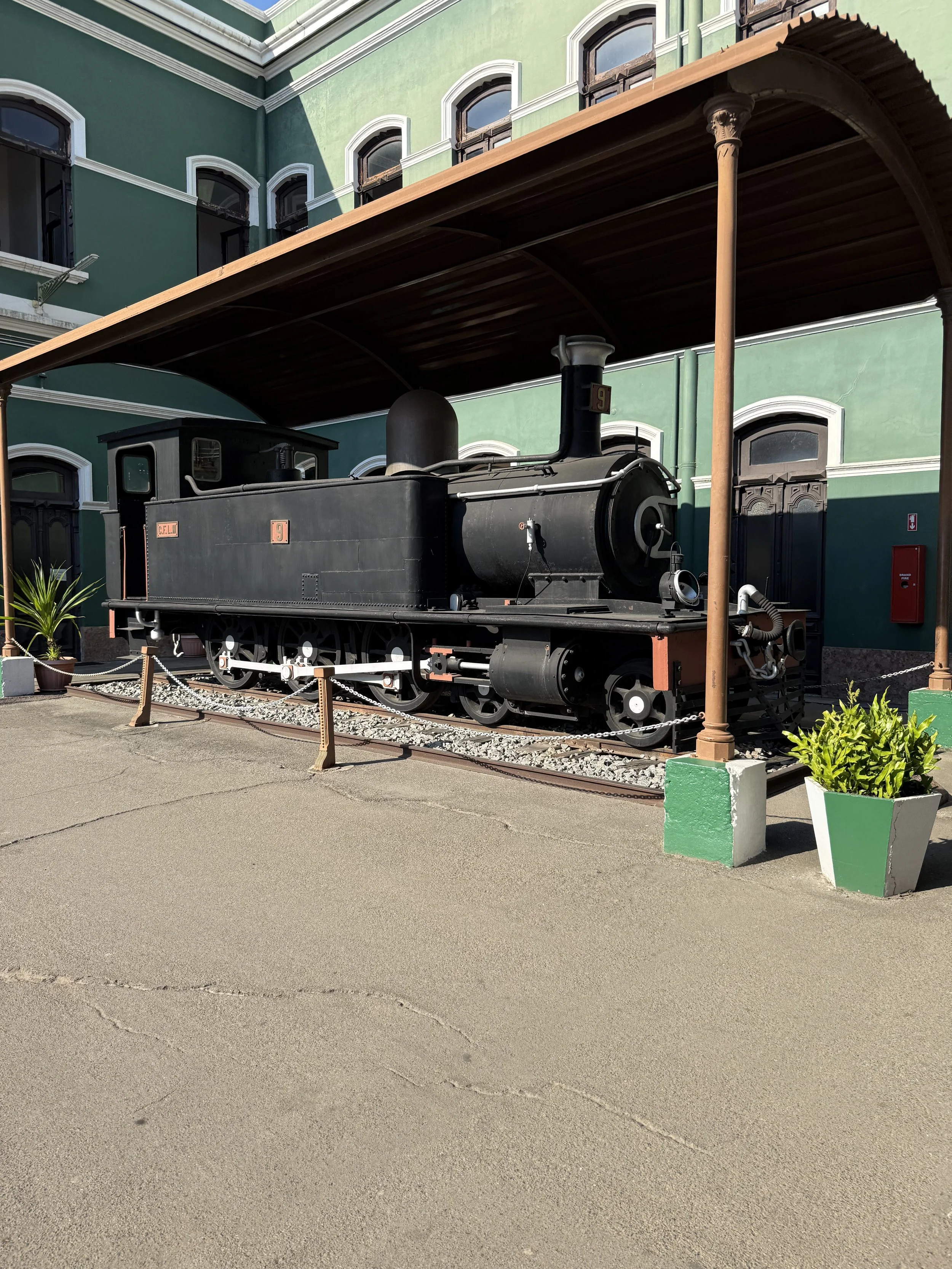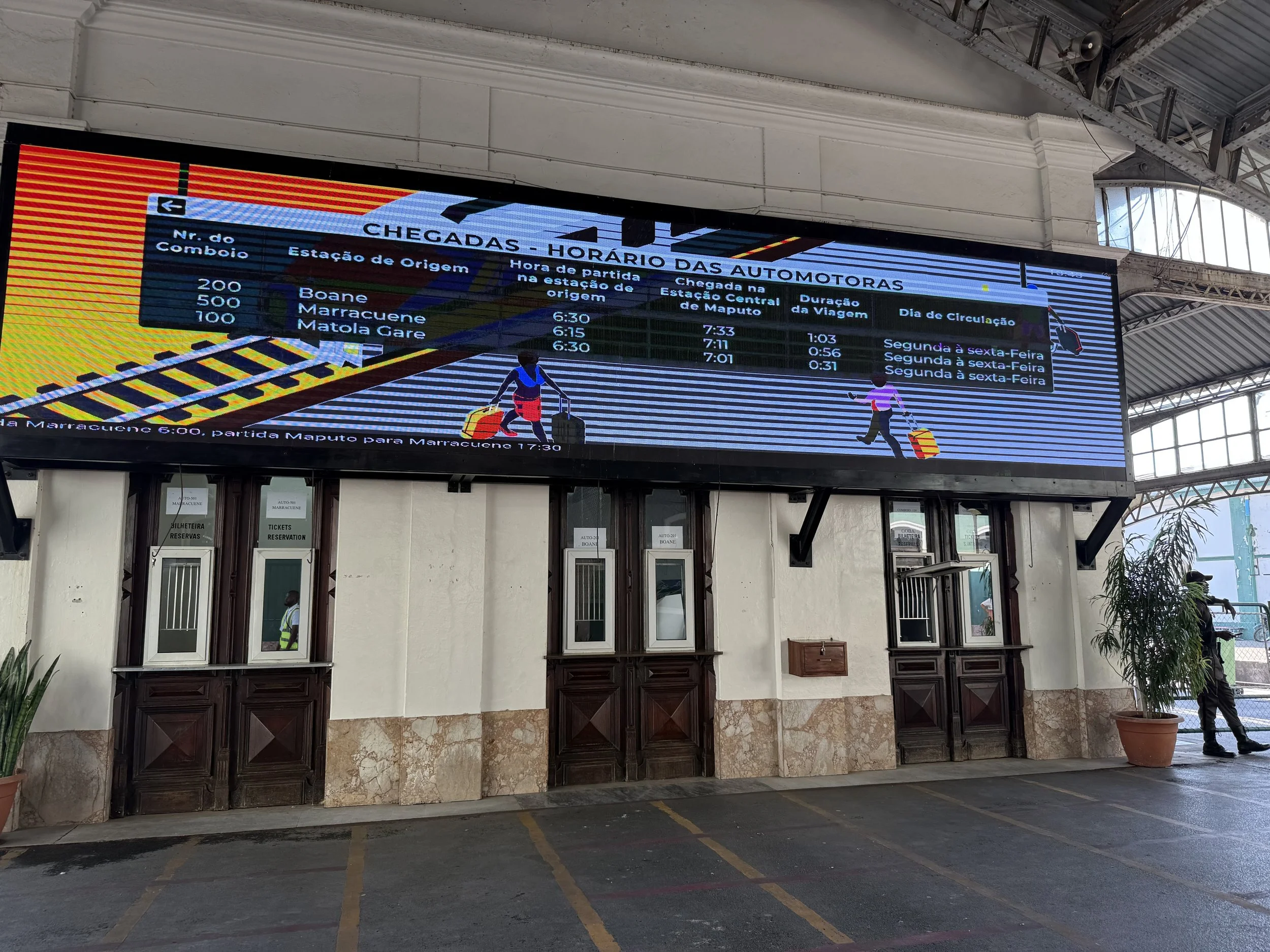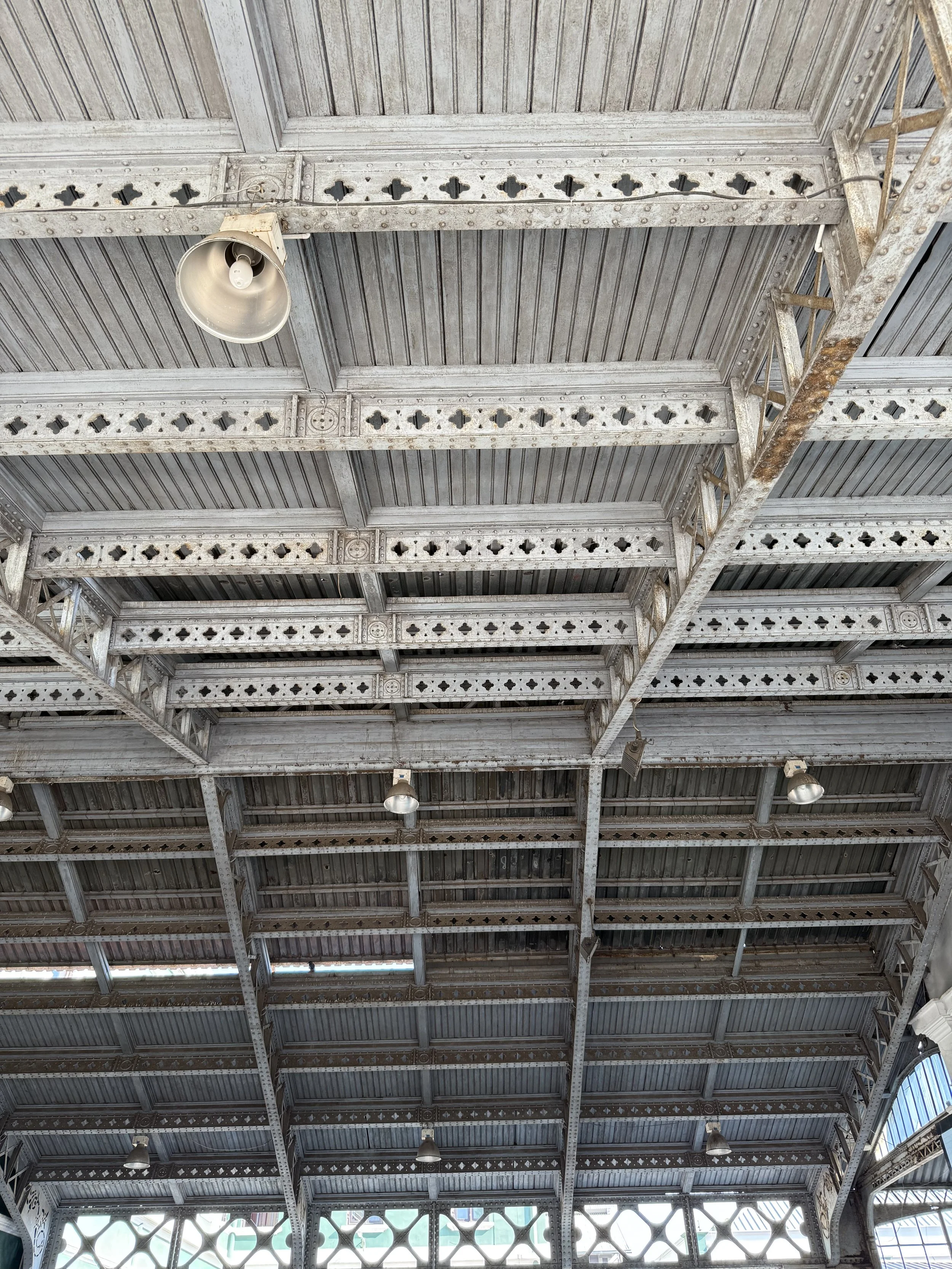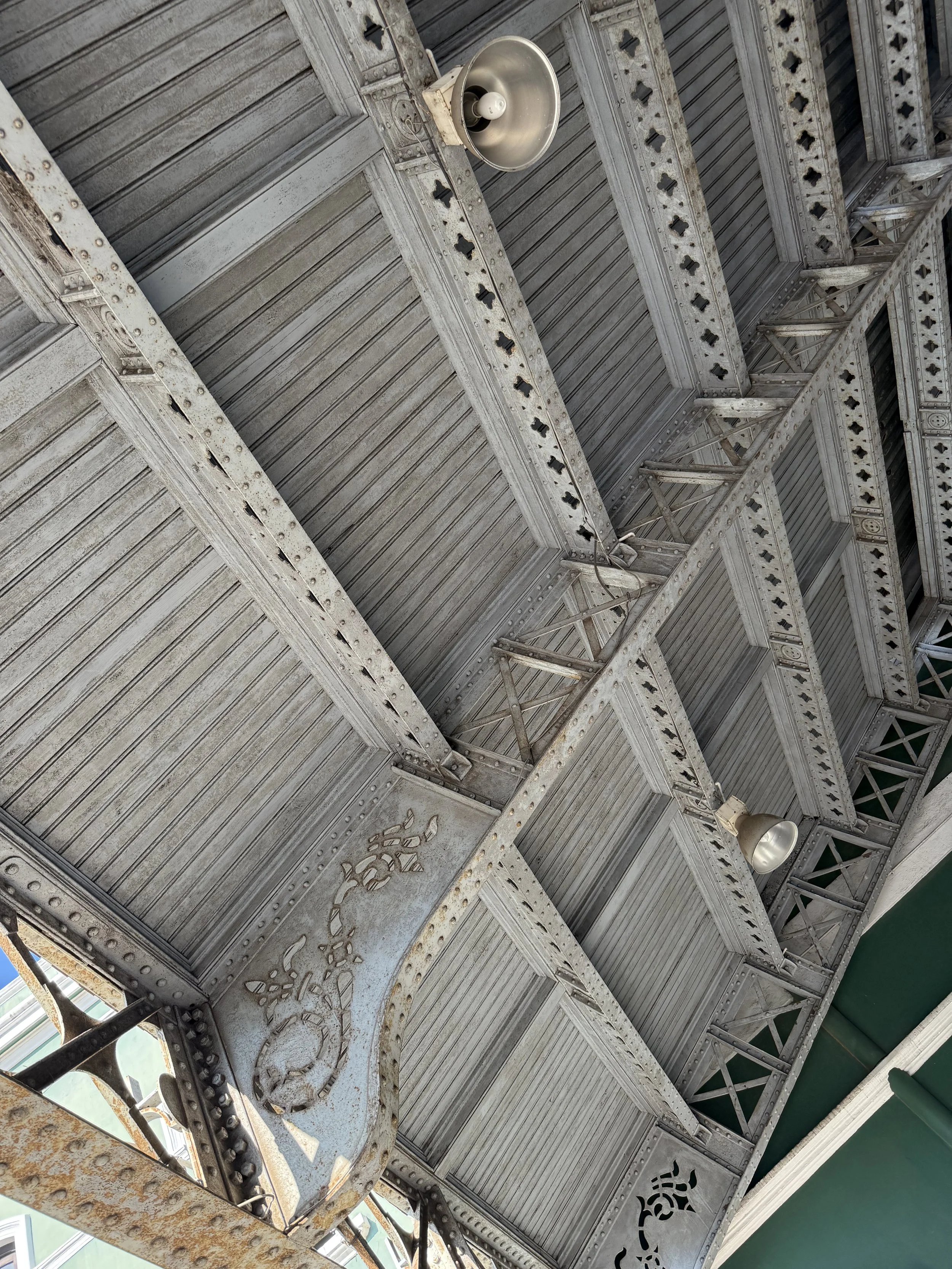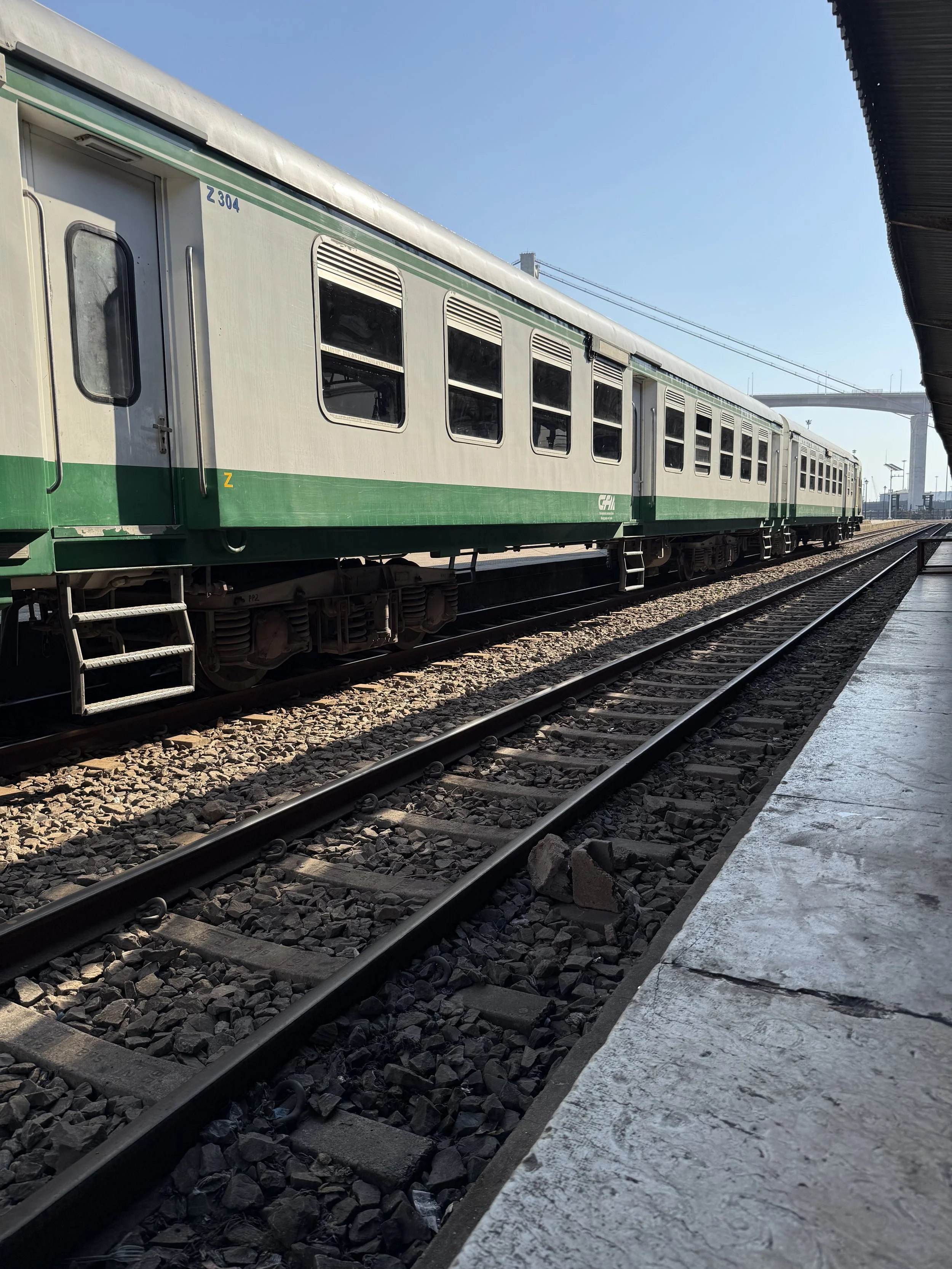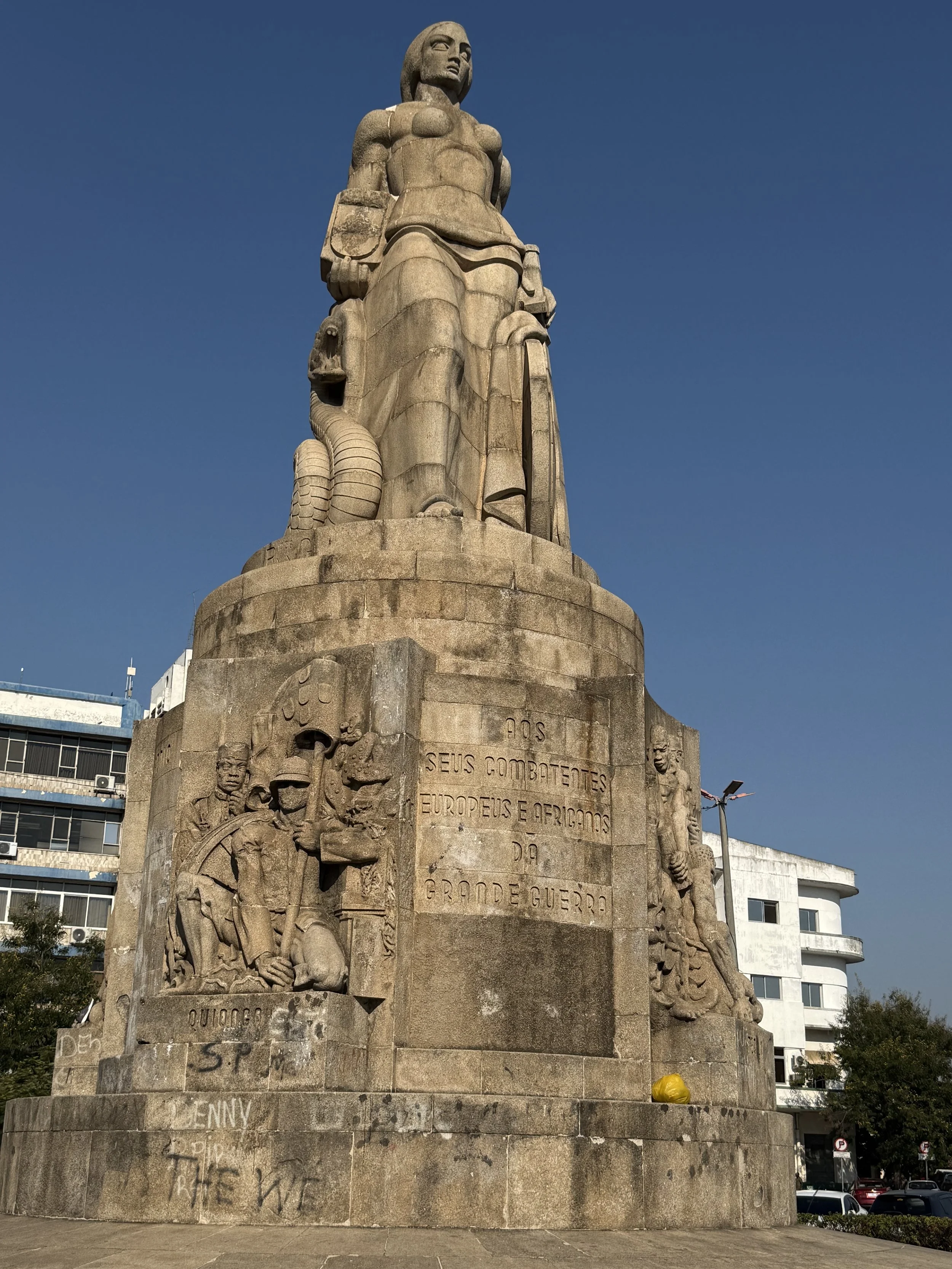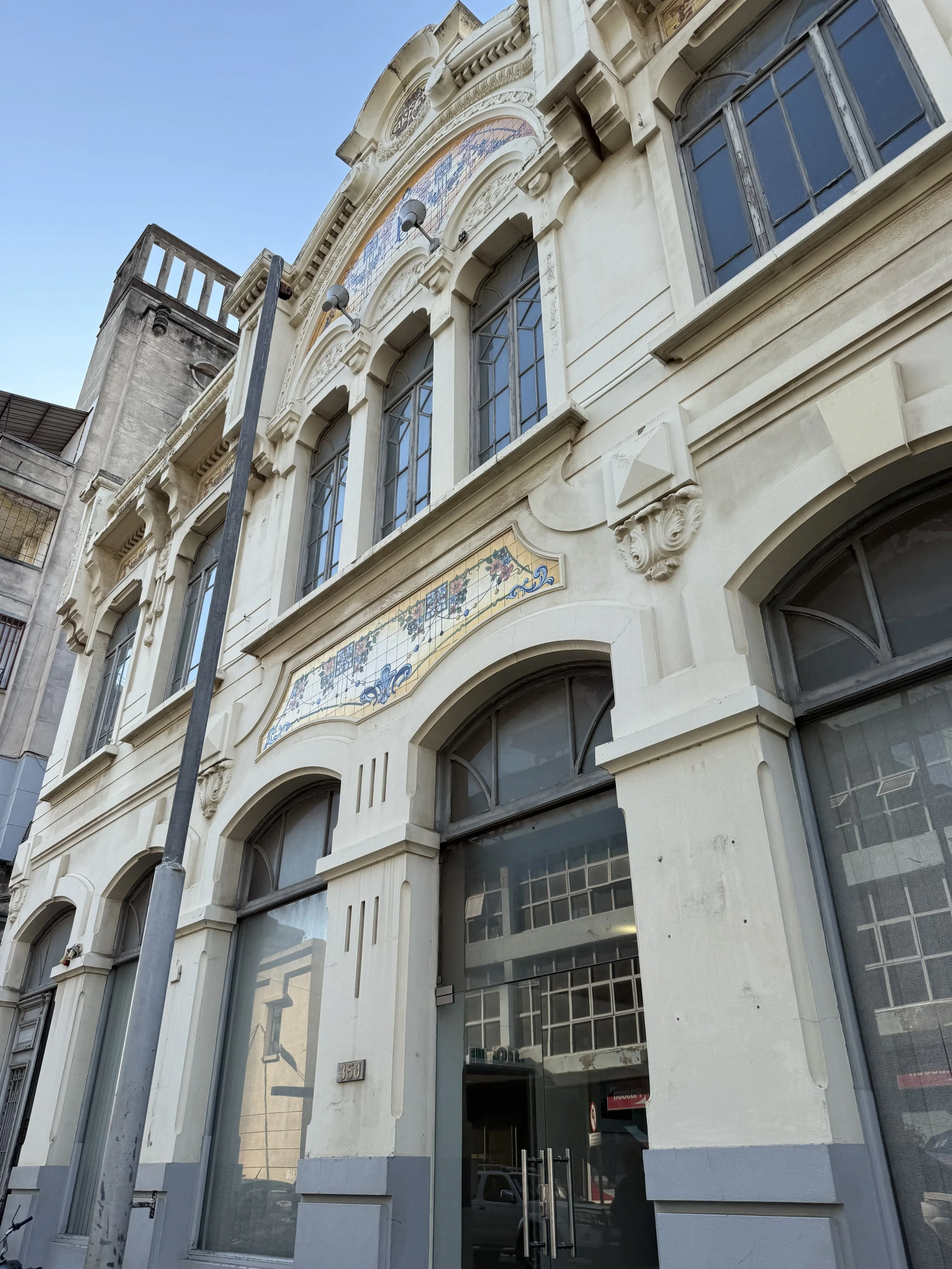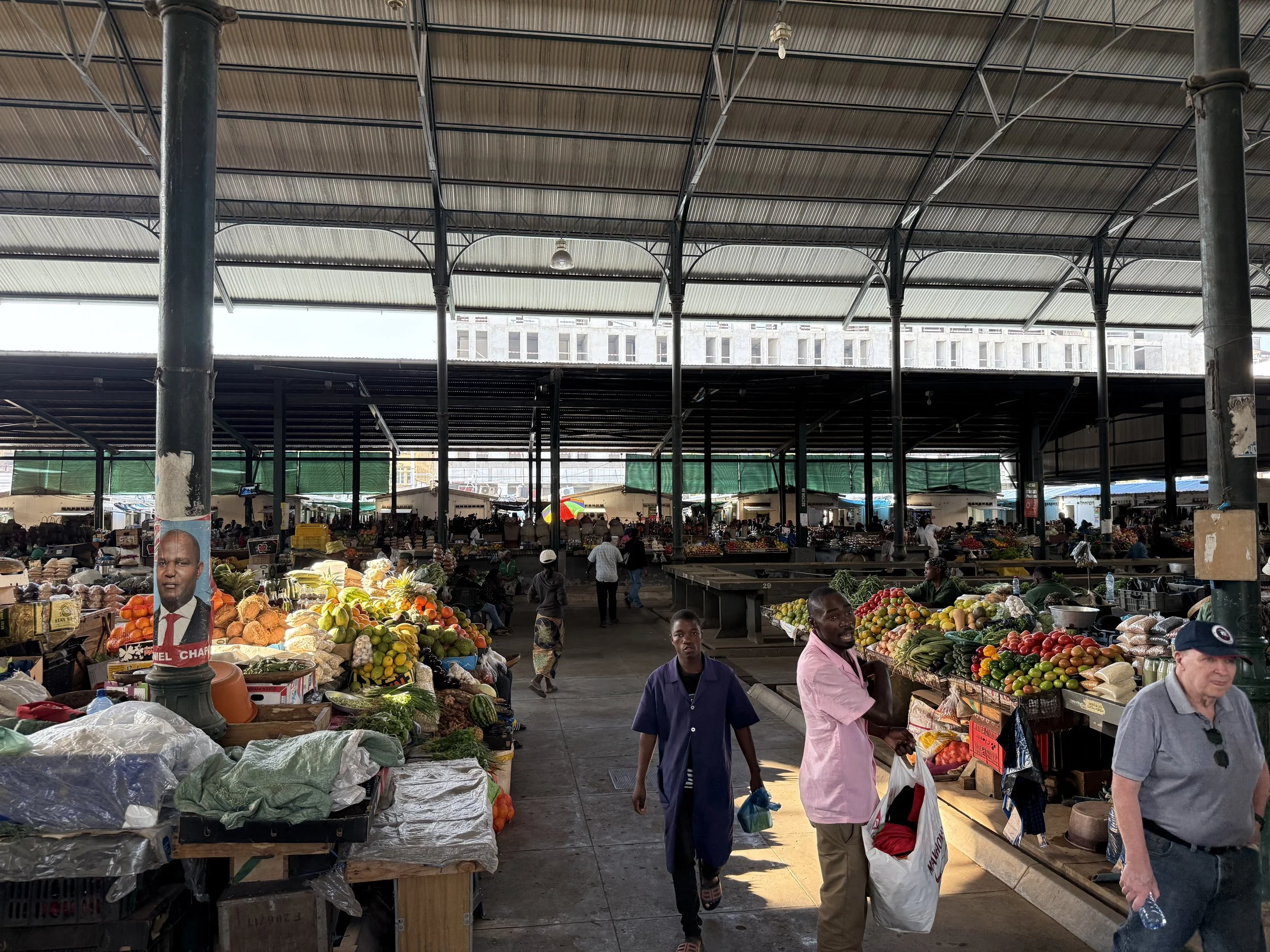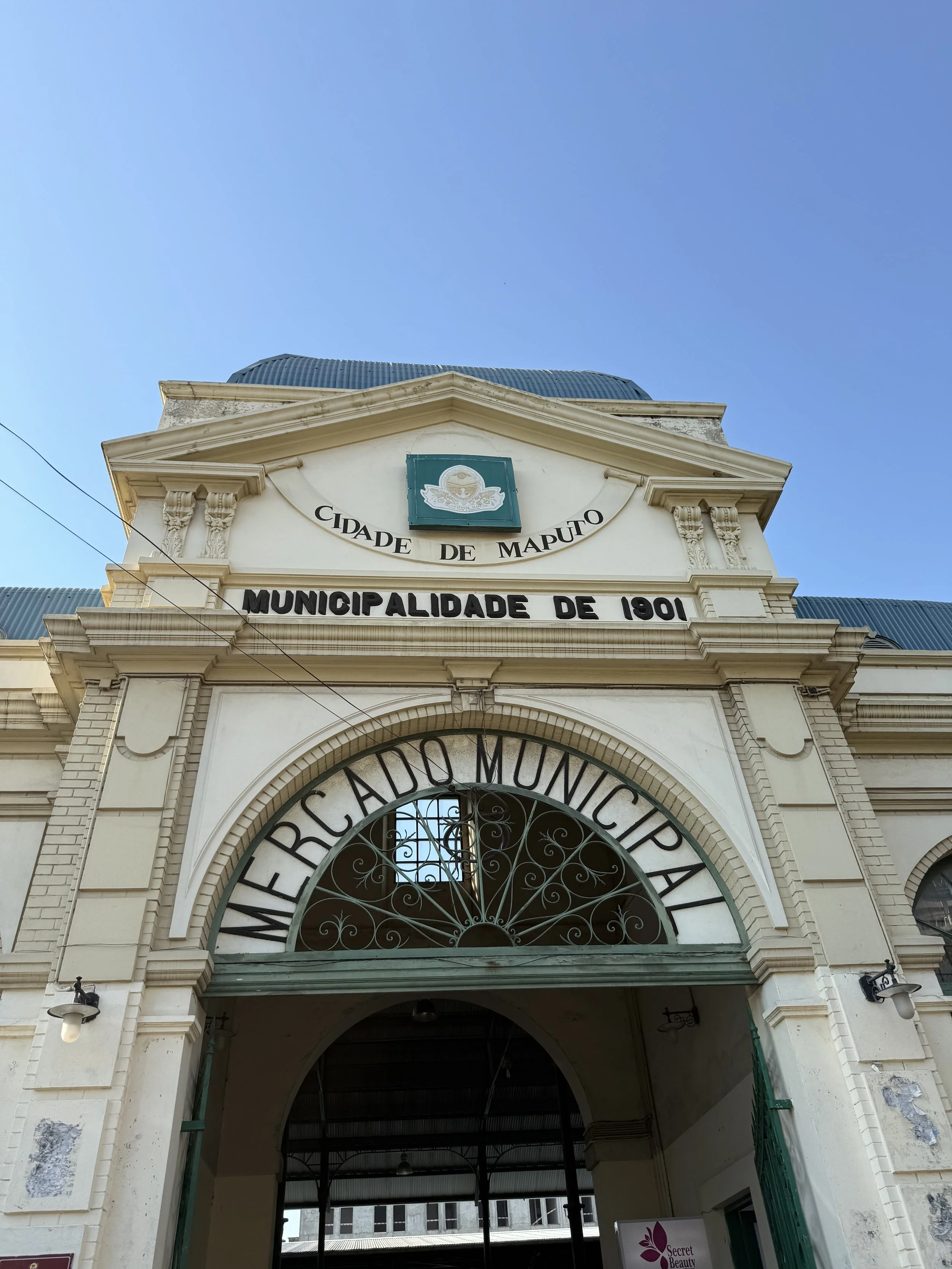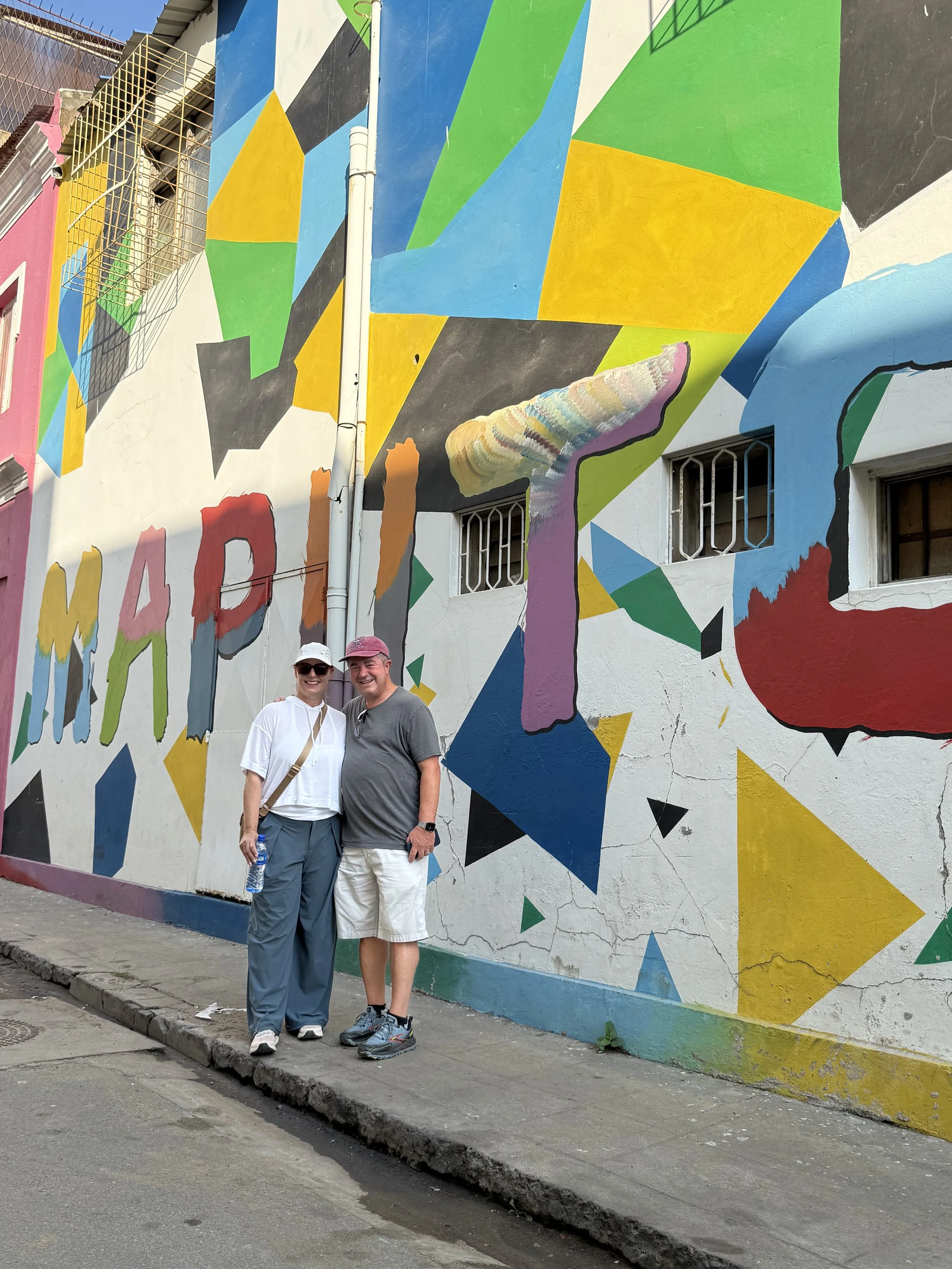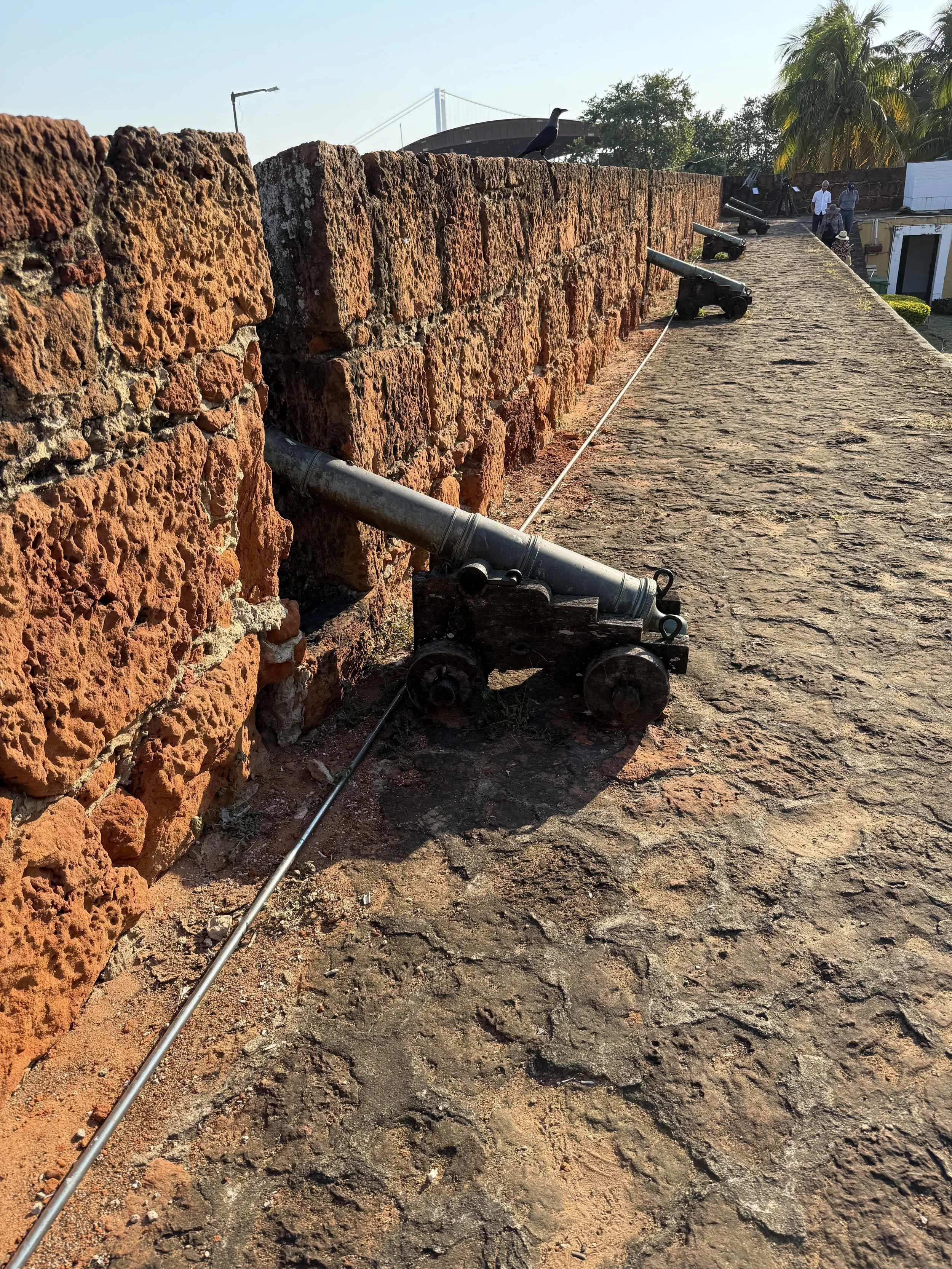A Quick Dash Through Maputo, Mozambique
Our stop in Maputo, Mozambique, was what you might call a blink-and-you-miss-it kind of adventure — but oh, what an interesting blink it was!
Maputo, the capital of Mozambique, sits on the southern coast of Africa, right on the Indian Ocean, with sweeping colonial architecture, busy ports, and a layered, complex history. Mozambique was once a Portuguese colony (hence the beautifully tiled buildings and delicious pastéis de nata), gaining independence in 1975 after a bloody liberation struggle. Since then, it's been a rollercoaster of political ups and downs, with civil war, peace agreements, and, most recently, some political unrest tied to the 2024 elections. It sits at a Level 3 on the U.S. State Department's danger scale — meaning "reconsider travel" — so we were glad we were booked on an official cruise tour, with guides who knew the lay of the land.
One funny quirk of the day? A lot of our Aussie shipmates couldn't join any shore excursions because of the complicated, expensive visa process. As U.S. passport holders, we lucked out and breezed through, but our tour group was teeny: just six people and two guides. It felt like a private VIP tour!
Station, Market, Fort: Maputo Highlights
Our first stop was the Maputo Railway Station, often listed as the #3 most beautiful historic train station in the world. (Yes, there are lists for everything!) Built by the Portuguese, it's a grand, European-style building with intricate ironwork and gorgeous tiles, but also a fun mix of modern — there was a giant LED screen blinking away at the entrance, showing train times and, randomly, a toothpaste commercial. Inside, a small quirky bar nestled into one of the old rooms caught our eye, along with a mini art gallery featuring local artists. If we’d had more time, we might have scooped up a piece or two!
Next, we hit an open-air market that was refreshingly clean and organized. Here, we found produce stalls piled high with fresh fruits and veggies, bags of local spices, and so many homemade chili sauces (seriously, Maputo might run on chilis). There was even a section dedicated to hair braiding and extensions, which was new to us on the market circuit. The women at the stalls seemed politely indifferent to the handful of tourists, though the hawkers outside were much more determined, trying their best to sell us batik fabrics, wood carvings, and woven baskets.
As we walked through the city to our final stop, our guide, who was wonderfully personable and spoke great English, took us through side streets filled with street art. Bright murals livened up aging, crumbling facades, adding a blast of color and creativity that felt like Maputo's heartbeat pushing through the cracks.
History in the Fort, Snacks on the Side
Our last main stop was the Fortress of Maputo, the city’s oldest military fort. Here, we got a crash course in Mozambique's history: the colonial past, the hard-fought liberation in 1975, and the government's decision to reclaim cultural identity by renaming streets and squares. Instead of destroying colonial statues, they rounded them up and placed them inside the fort, which now acts as a kind of open-air museum. It was a fascinating peek into how a country reshapes its identity after centuries of foreign rule.
Our guide touched lightly on the more recent political unrest — protests after the 2024 elections had made headlines and triggered the State Department warnings. But he was optimistic, saying things were settling down and that tourism, though small now, was something the city hoped to grow.
Before wrapping up, we stopped for a quick snack: a soft drink and one of Mike's favorites, a pastéis de nata (Portuguese egg tart). Sweet, flaky, perfect. Then, back to the ship we went, a whirlwind two-hour walking tour that left us feeling lucky to have glimpsed this corner of the world we probably wouldn't have visited otherwise.
Short, sweet, spicy (thanks to the chili sauce stalls) — Maputo left a little mark on our travel hearts. Sometimes the smallest excursions deliver the most unexpected stories.
